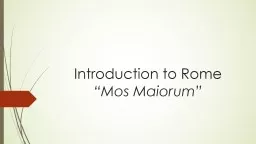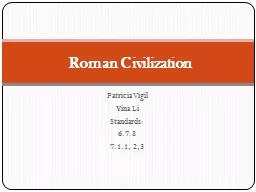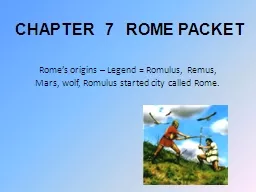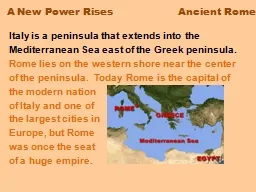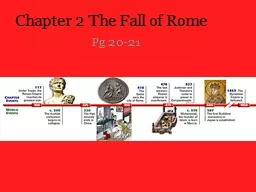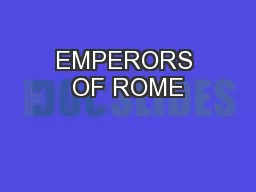PPT-Introduction to Rome
Author : jane-oiler | Published Date : 2020-01-05
Introduction to Rome Mos Maiorum Outline Prehistory Until 753 BC Monarchy 753 509 BC Republic 509 27 BC Empire 27 BC476 BC Review map and regions Read Etruscan paper
Presentation Embed Code
Download Presentation
Download Presentation The PPT/PDF document "Introduction to Rome" is the property of its rightful owner. Permission is granted to download and print the materials on this website for personal, non-commercial use only, and to display it on your personal computer provided you do not modify the materials and that you retain all copyright notices contained in the materials. By downloading content from our website, you accept the terms of this agreement.
Introduction to Rome: Transcript
Download Rules Of Document
"Introduction to Rome"The content belongs to its owner. You may download and print it for personal use, without modification, and keep all copyright notices. By downloading, you agree to these terms.
Related Documents

